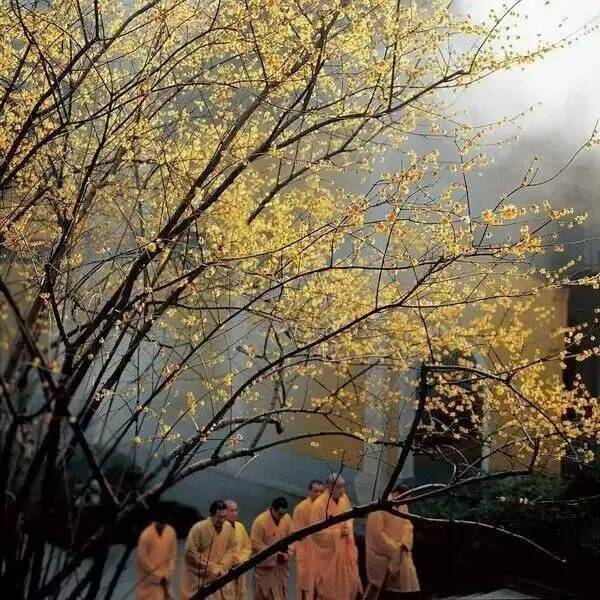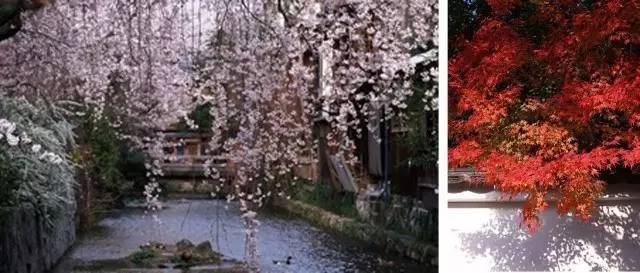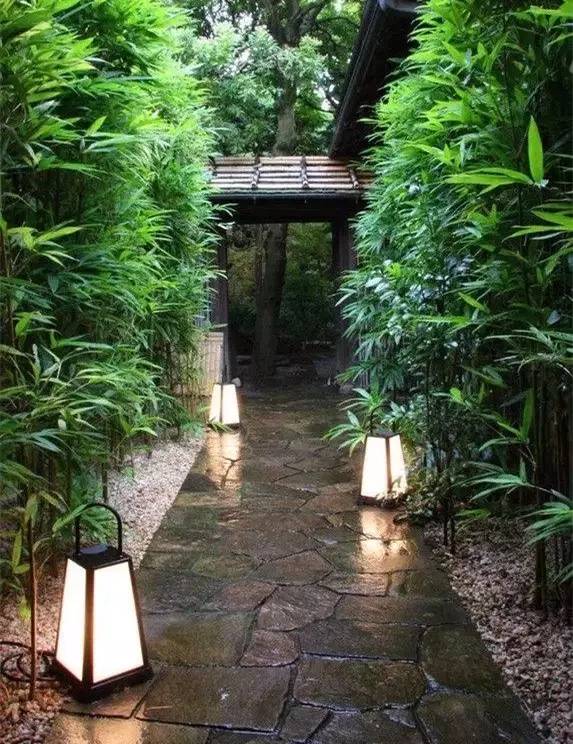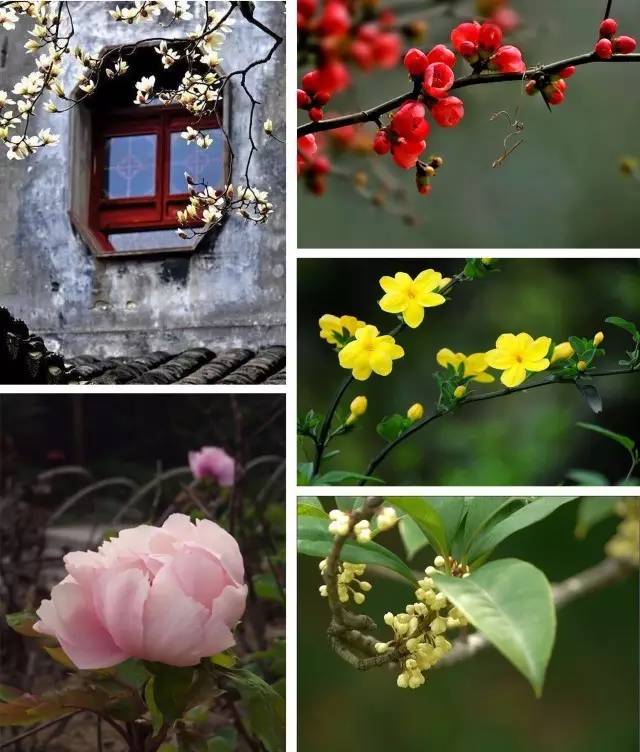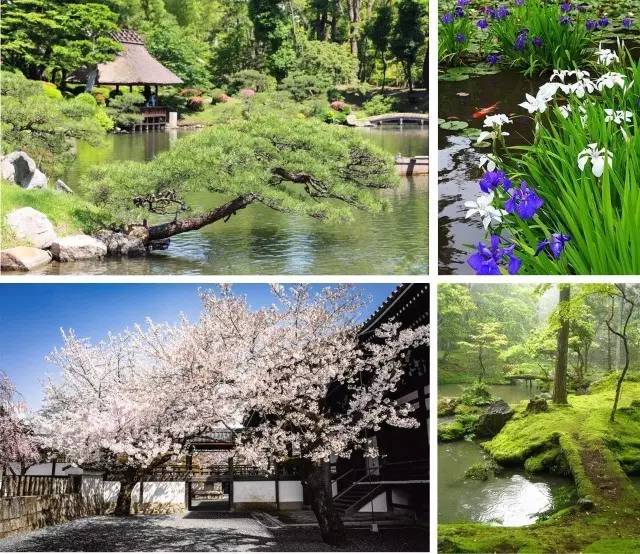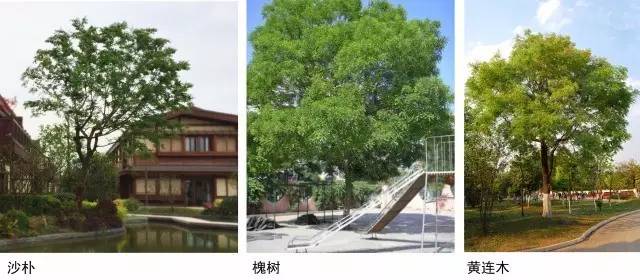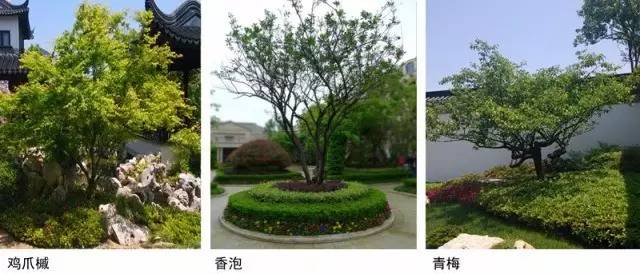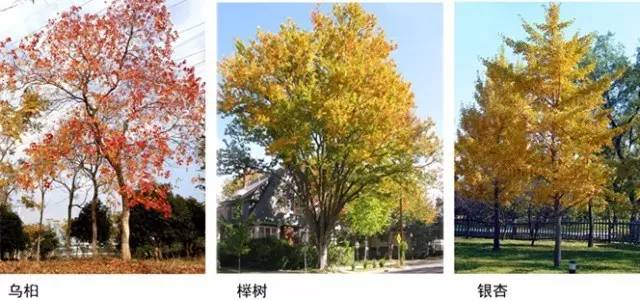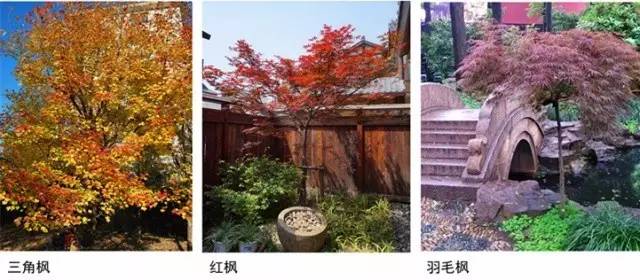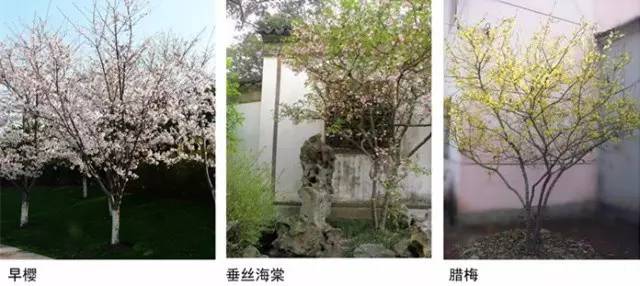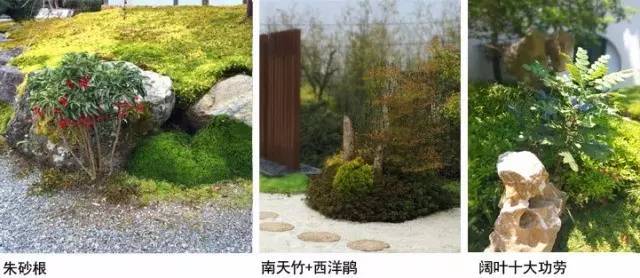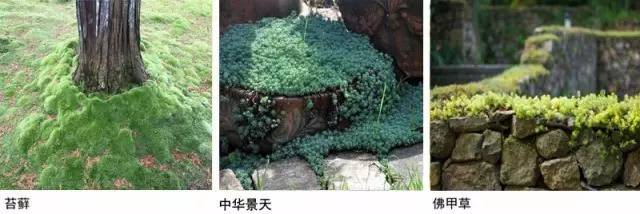



Author:Pine Trees pubData:2019/5/13 10:54:58
Pine Trees Create a Magical Zen Landscape: An Appreciation of Pine Tree Landscape Gardens
Zen landscapes blend Zen philosophy and Eastern culture, whether it’s a Japanese dry landscape or a new Chinese garden, they offer a magical experience akin to a gentle breeze brushing against your face!
The use of plants in Zen landscapes precisely captures the essence of the plant world. When you approach it, reveal it, and possess it, what surrounds you is its nature and freshness.
Indeed, Zen landscapes are truly magical!

The design of plants in Zen landscapes is vastly different from that of ordinary landscape plants in terms of "quality" and "quantity." Can you tell the difference?
The difference is immediately apparent in the matching methods.
Do you remember the multilayer planting from years ago? In the world of Zen, we simply want to say: forget about five-layer planting or seven-layer landscapes; that’s so last season!
Compared to the planting styles of other designs, the plant design in Zen landscapes is characterized by a simple and clear layering, typically featuring two to three layers such as "tree layer + large shrub + ground cover" or "large shrub + ground cover." Usually, one or two plant species are selected as the main focal plants, while another one or two species serve as accent plants. The layers are distinct and the forms are simple, yet they are rich enough for you to savor and become enchanted by.
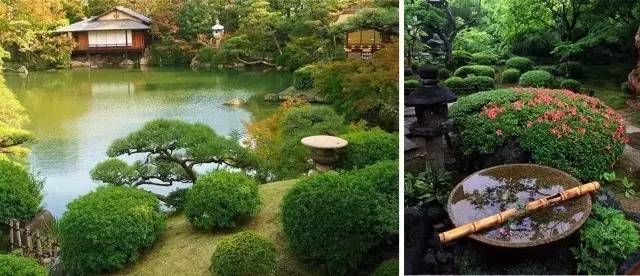
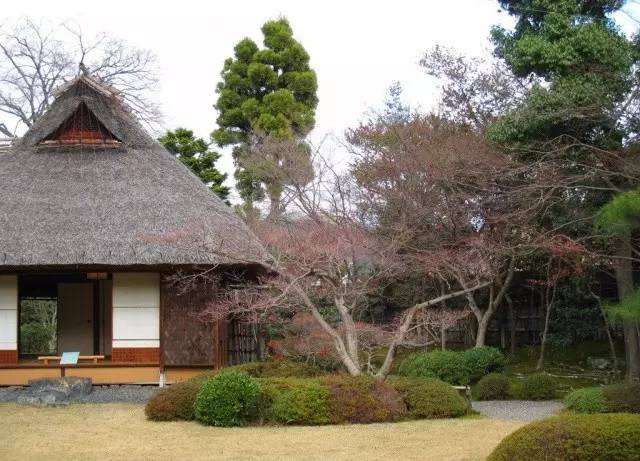
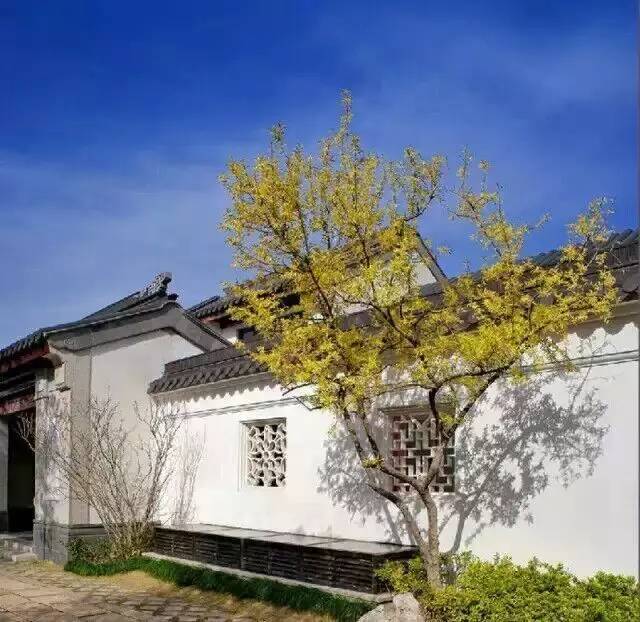
Secondly, in terms of color, the plants in Zen landscapes quickly "knock out" the colorful extravagance found in other styles. Too many little details make it hard to express true elegance. What we want to convey is pure beauty!
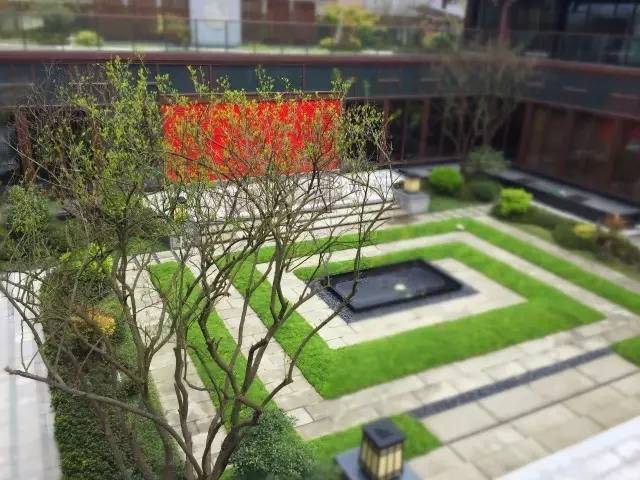
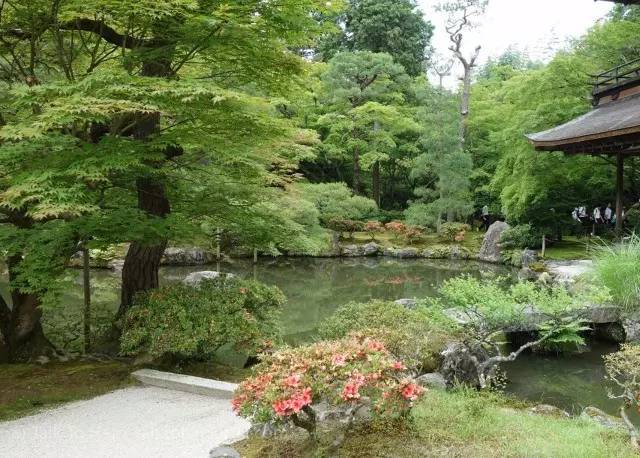
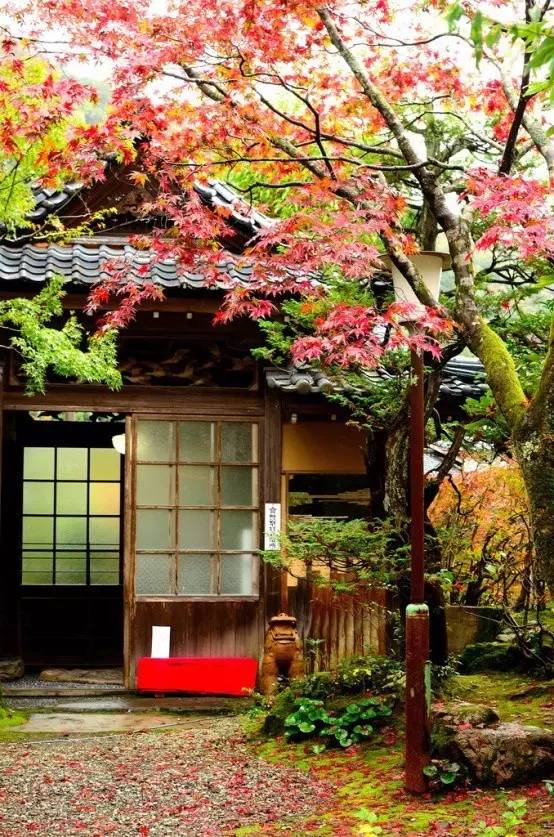
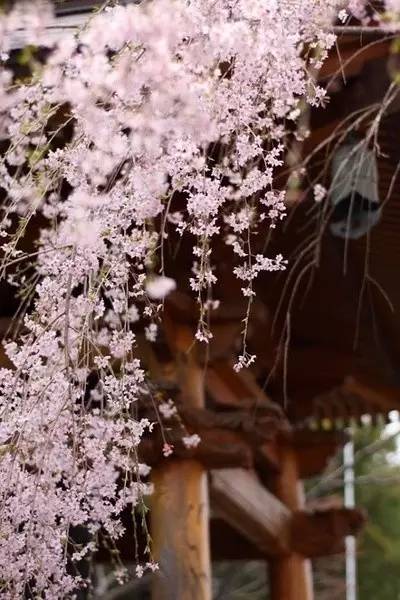
形 态
Ordinary landscape plant designs focus on a variety of flower colors and seasonal changes, while plants in Zen landscapes typically emphasize green as the primary tone. It is said that this helps with "Zen awakening," offering a refreshing and elegant appeal. To add accents, smaller and lighter-colored flower varieties are chosen, with a focus on varieties that change colors in spring and autumn—these are the eye-catching highlights. Got it?
If the layers and colors of plants are the "standard" for Zen landscape planting, then the choice of forms takes it to another level.
Zen landscape design emphasizes plants with elongated branches and horizontal extensions (which maintain an ethereal beauty even in leafless seasons) and prefers medium to small, delicate species, creating a simple, clear, and culturally rich plant space.
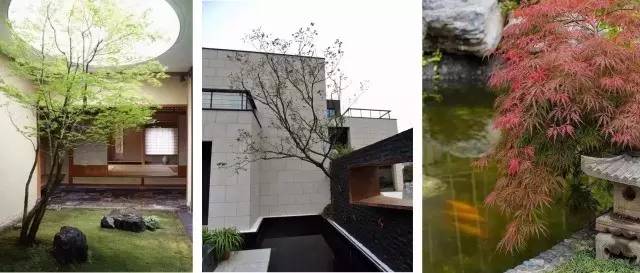
If you don’t understand, imagine looking at a certain scenery through the interspersed branches and leaves. The separation created by the foliage adds a layer of depth to the view, giving it a sense of perspective.
Still unclear? Take a look at the pictures!
In the interplay of trees and flowers, where some are obscured and some are revealed, the distant scenery transforms from clearly defined objects into indistinct forms, leaving space for imagination and the taste of Zen wafting over.
The drooping cherry trees by the water and the red maple trees deep in the courtyard showcase the beauty of different seasons, creating a meditative space that seems to protect against the noise of the world.
The entrance leads through a long private garden, traversing a path lined with tall bamboo, gradually distancing from the outside world and forming a natural spiritual sanctuary.
The planting of landscape plants is often culturally significant, and Zen landscape plants excel at creating symbolic meanings. The selection of plants is often associated with analogies and implications. On one hand, it chooses plants that can convey human emotions, and on the other hand, it utilizes the forms and seasonal changes of plants to express certain thoughts and describe specific artistic sentiments.
For instance, in Chinese Zen landscapes, magnolias, crabapples, forsythias, peonies, and osmanthus symbolize "richness and prosperity."
In Japanese Zen landscapes, pine trees represent longevity, cherry blossoms signify perfection, irises symbolize purity, and moss is considered a plant of peace, among others.
Well, I wonder if all these aspects have captivated you. To prevent our friendship from capsizing, I offer you a list of common plants that contribute to the creation of Zen landscapes. Please accept with a smile!
Tree Observation: Wide canopy, elongated branches, and leaves that create a sense of airiness.
Color Observation: Red, orange-red, orange-yellow, yellow.
Flower Observation: Small, delicate flowers with fresh and elegant colors.
Shrubs: Naturally shaped.
Ground Cover: Fine texture and bright colors.
